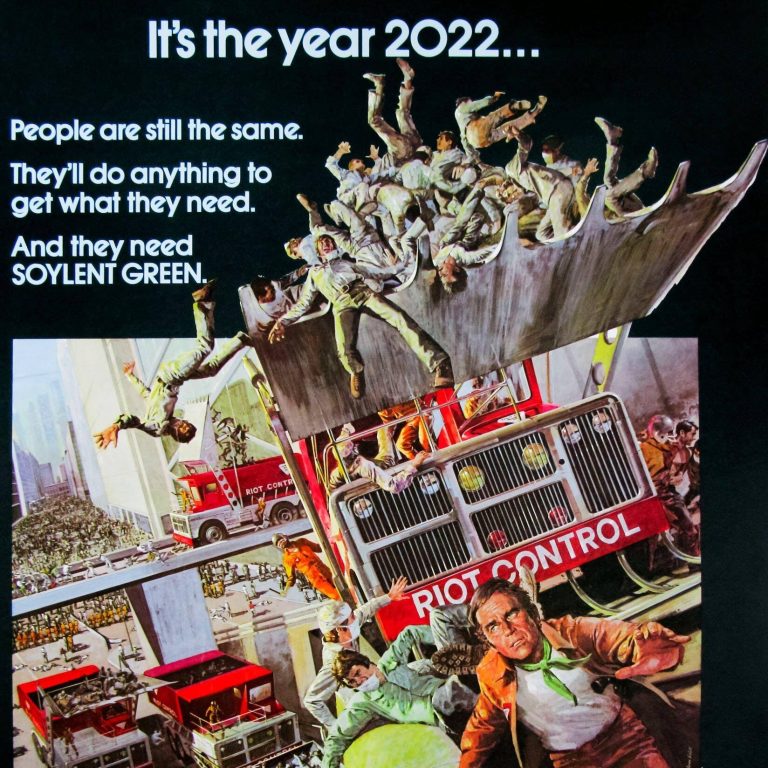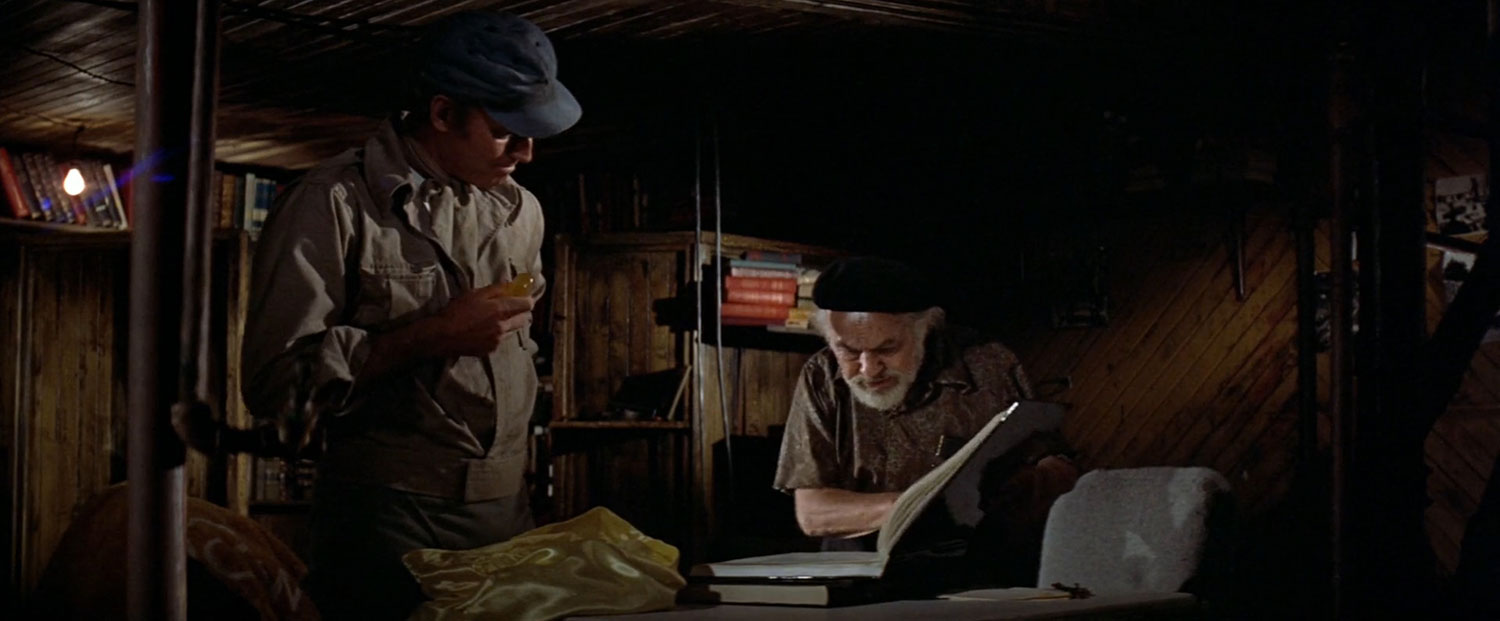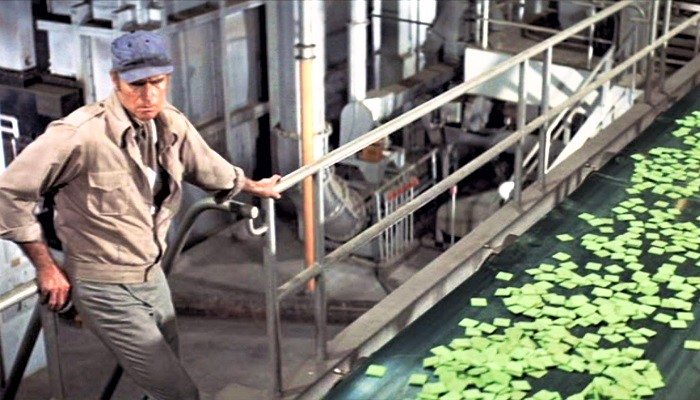
Reality is stranger than fiction. Sometimes fiction may anticipate reality. Authors like George Orwell with 1984, H.G. Wells with The War of the Worlds, Aldous Huxley with Brave New World, all foresaw a future similar to the one we are now inhabiting: an intelligence-based social hierarchy, where every citizen’s privacy is at the mercy of an incessant surveillance, and technology aids conflict. Even James Blish in his book Year 2018!, published in 1957, foretold the possibilities and contingencies of high-tech, as well as a conflagrating political climate.
All of these authors were futurists, and their stories inspired some film adaptations. Several anti-utopian motion pictures went beyond literature, by being farsighted on what was to come. The most uncanny of all was Steven Soderbergh with his 2011 thriller Contagion, that very accurately chronicled a deadly virus spreading worldwide. The film unwillingly presaged the Coronavirus pandemic, almost a decade in advance.
Another film that is ever more relevant, for the coincidental year it is set in, is the 1973 picture Soylent Green, that takes place in 2022. Based on Make Room! Make Room! — a cautionary 1966 science fiction novel written by Harry Harrison — the film directed by Richard Fleischer plunges viewers in an ominous setting. In the opening scene, various vintage photographs show how the galloping growth of mechanised production, from the industrial revolution onwards, led to an environmental catastrophe.

The trancelike music Our Destiny by HamzeH & O.B.M Notion, introduces us to an overpopulated New York City, with 40 million people coping with a climate crisis that has caused severe worldwide shortages of food, water and housing. Soylent Corporation produces half of the food consumed worldwide, processing it from unclear origins and distributing it in different varieties, such as Soylent Red and Soylent Yellow. Soylent Green is the newer and more nutritious “taste” and because of its popularity it’s in short supply. It is publicised as a miracle food of high energy deriving from marine plankton. Or at least this is what the unsuspecting population is made to believe. Only at the end of the film, will a harrowing revelation be disclosed.
The shocking truth will be unveiled by NYPD detective Thorn (Charlton Heston), who discovers the real provenance of Soylent Green when investigating a murder case. The victim of the assassination is Simonson, a wealthy industrialist (Joseph Cotten), who turns out to be a member of the Corporation’s board of directors. Thorn will be helped, in solving this mystery by his friend and roommate, elderly academic Solomon “Sol” Roth (Edward G. Robinson).

The eco-dystopian setting contributes to a sociological investigation in portraying beauty as a privilege. Attractive girls are part of the furniture of lavish mansions — equipped with air-conditioning, free-flowing electricity, soap, paper and pencils, running hot and cold water; kitchens filled with silver cutlery, eggs, fruit, vegetables, jam, Bourbon, rice and the rarest of them all…beef. These luxuries are reserved for the one percent, whilst the masses succumb to famine and can barely remember what these conveniences were like.
People can choose to put an end to their lives by going to a euthanising structure. During their final minutes they are provided with a favourite treat and a screening of the world as it used to be, with all the grandiosity of nature that the younger generation never got the chance to experience. Lulled into their immortal sleep upon the notes of Beethoven’s Symphony No. 6, after their passing, the corpses are disposed like waste and proceed to a sickening metamorphosis.
The film’s plot is very much in line with its era of production: the typical formula of the conspiracy film of the Seventies. It echoes the time period of the Watergate, with someone opening Pandora’s Box: the accidental hero discovers a gigantic plot, starting from a circumscribed event, and observes how it involves institutions, political offices and affluent elites.

However, the themes and issues at steak, are timeless and timely. The 21st century has been tackling global warming: in recent years scientists and activists have been reiterating the goal to maintain the global temperature increase below 1.5°C. According to a special report by the United Nation’s climate science body, the Intergovernmental Panel on Climate Change (IPCC), a 2C° rise would lead to more heatwaves, extreme rainstorms, higher sea levels, disappearance of coral reefs, water shortages, droughts, lower crop yields and economic losses. This image mirrors the world of Soylent Green, with homeless sleeping on stoops; temperatures never dropping below 90F°; curfews trying to deter disorderly behaviour and crime; and the eradication of all the things we have so far given for granted in our homes, from amenities to means of subsistence.
Soylent Green in Italy was translated to “2022 I Sopravvissuti” i.e. “2022 The Survivors.” During the last days of 2021, just before the arrival of the New Year, a clip went viral on social media that had an amusingly uncanny vibe. Marina Morgan, a television broadcaster of 1984 announces what is going to air next on RAI network. What she says, in English translates to: “And now the second half of the film ‘2022 The Survivors’ is about to begin.” It felt like a warning.
Are we heading towards that same calefaction of our planet and impoverishment of society? The year 2022 has arrived. The scenario we are living in is not identical to the one of Soylent Green, but many premises are. The pandemic had paradoxically restored some balance on an environmental level. While mankind was struggling, with restrictions and lockdowns, the flora and fauna were thriving. Lower Carbon Emissions cleared the air; noise pollution was drastically diminished; waterways were cleansed, allowing marine creatures that once had vanquished to return. On land, wildlife started to takeover, wandering around cities in bewilderment by the sudden exodus of the human species. Covid has taught us how much the natural world can prosper if we give it more space. We simply have to scale back on mass production and compulsive consumerism to prevent Fleischer’s apocalyptic tale from becoming a reality. One small step for each individual, one giant leap for planet Earth.

